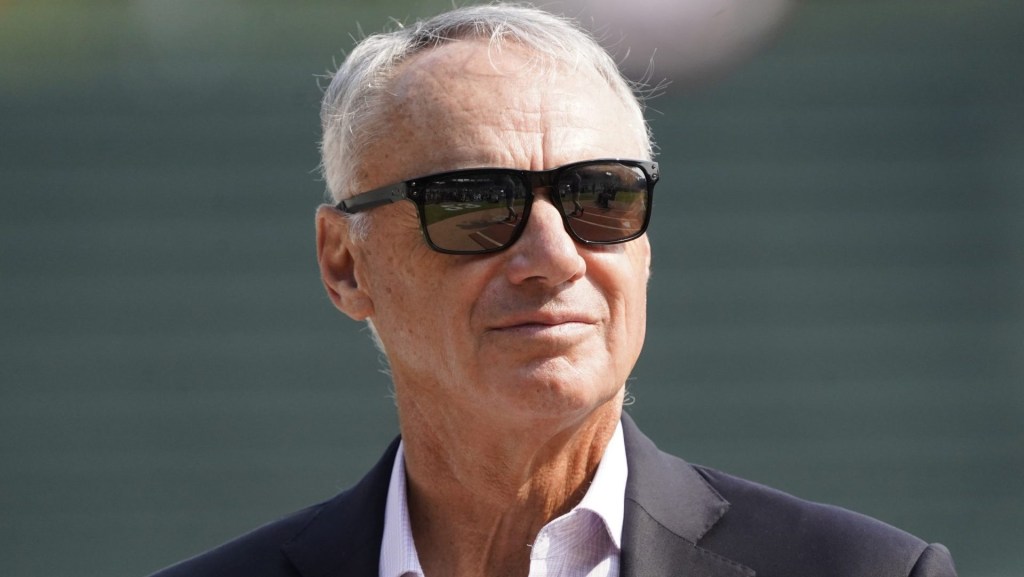Less than three weeks into the new Premier League season, is the race for the title already over? That’s a rising question across England after defending champion Liverpool has led a record level of spending during the now-completed summer transfer window.
The Reds finalized a $170 million deal with Newcastle United on Monday for Swedish striker Alexander Isak, highlighting $598 million in transfer spending for the club this summer. Overall, the 20 Premier League clubs collectively spent $4.16 billion, smashing their own record set less than two weeks ago.
The latest figures represent an increase of nearly $1 billion in total transfer spending in the final 10 days of the window. Liverpool’s signing of Isak, meanwhile, topped a separate deal it made in June for German midfielder Florian Wirtz, worth as much as $157.2 million, to set another league record for an individual signing.
As was the case in mid-August, the Premier League’s transfer spending is also more than the combined outlay this summer for the other four major European leagues—France’s Ligue 1, Germany’s Bundesliga, Italy’s Serie A, and Spain’s LaLiga.
On the pitch, Liverpool has picked up right where the club left off last season after claiming its 20th Premier League title, winning their first three matches of the new campaign to soar to the top of the table.
“It is a recruitment drive that looks to have blown Liverpool’s rivals out of the water, irrespective of the ambitious efforts of Arsenal, Manchester City, and Chelsea,” wrote BBC Sport soccer writer Phil McNulty.
Figuring Out the Spending
The Premier League’s accelerating spending has much to do with a new domestic media-rights deal starting this season, worth $9 billion over four years and representing the largest sports-rights deal in the country’s history.
For Liverpool, owned by Fenway Sports Group, the club has also figured out how to work within existing Premier League profit and sustainability rules (PSR), in part by boosting local revenue through a continually competitive club that has led to additional commercial income and more prize money. That heightened income—now nearing $825 million per year—has helped the club to stay well clear of maximum permitted losses of $141 million over three years within the PSR guidelines.
In its most recent annual report, Liverpool reported a loss of $76 million, but that followed a much narrower loss in the year before, and a small annual profit before that—leaving more than $65 million in estimated headroom, even after the latest outlays.
While Liverpool’s recent transfer spending topped the headlines, it also brought in more than $300 million in player fees for departing talent this summer. Such moves have left the club just seventh in the Premier League in net transfer outlays over the last eight years, according to Sky Sports.

















